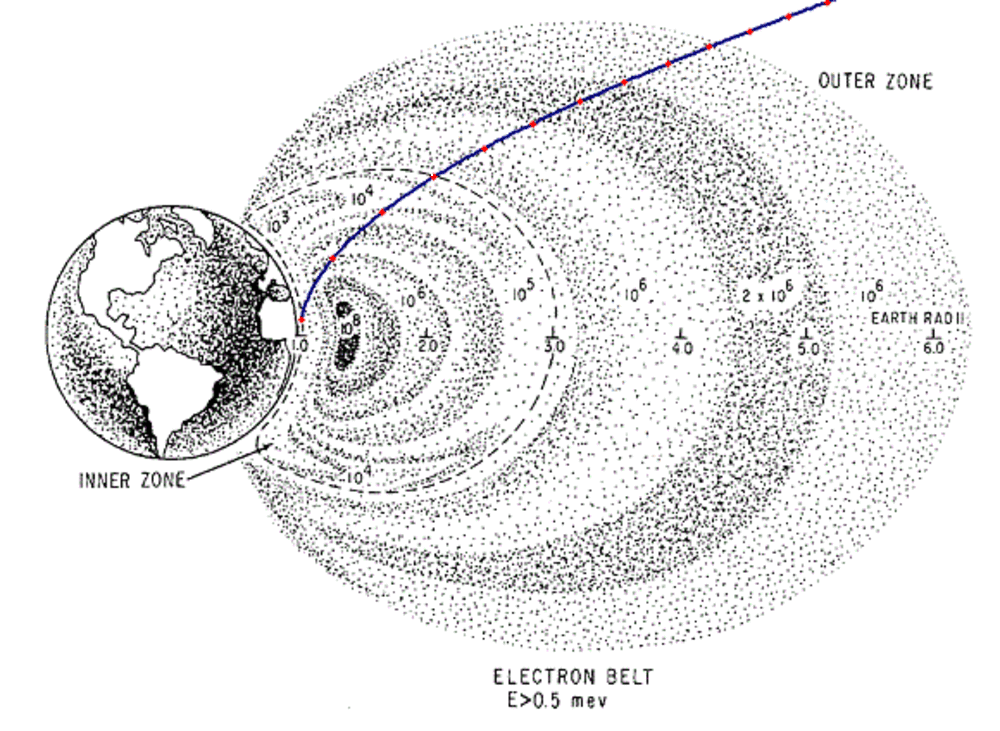Our Drowned Future
- Ian Murphree
- Aug 22, 2017
- 4 min read

One of the newest blogs I have been following, A Daily Dose of Architecture, is a great mixture of cultural relevance and architectural niceties that I find myself checking faster than they can post. Occasionally they post about a book or lecture series for an author and I immediately add them to my “to read” list. The Drowned World, by J.G. Ballard, was one such book. Published in 1962, Ballard paints a romantic and scarily scientific portrait of the end of the world. Instead of an apocalyptic turn of events with fire and brimstone, his drowned world is one of the upheaval of nature as the world melts and cities and continents submerge to become the jungles of our prehistoric past.
In the context of our current global state and the increasing awareness of global warming, I was more curious than anything about what Ballard predicted back in 1960 and how it compared to the crises we are currently facing. I was surprised to find that man-made global warming or human events of any kind were not the culprit behind his drowned world. His prediction took a little research on my part to fully understand as I delved back into my high school sophomore knowledge of earth space science. Ballard imagined that solar storms erupting on our sun lasted for years creating instability in sun. These solar storms then sent out a mass of radiation that damaged the Van Allen belts. This diminished the gravitational hold on the ionosphere causing it to slacken and expand. The impact of the solar radiation from these storms then heated the earth causing the atmosphere to expand letting in even more radiation and heating our planet gradually.
Van Allen Belt Diagram, Path of Appollo Missions
First, I had to find out exactly what these Van Allen belts did and how they in turn affect our atmosphere. The Van Allen Belts are two belts of radiation that act as a kind of shield for solar energy and solar wind capturing the larger and more radioactive particles within it, thus protecting our atmosphere. This field of radiation is so strong that the Apollo missions had to plan a route around the most dangerous parts to avoid cooking our own astronauts with harmful radiation. So a massive increase in radiation could potentially damage or even destroy the belts exposing our delicate atmosphere the radiation of our sun.
Sadly, I'm not all too certain on how it actually affects gravity causing the damage he predicted. But I would say that damaging the belts even a little bit would expose the ionosphere, damaging it along with the atmosphere causing a good amount of radiation damage and change in climate. I am far from a scientist but I found this all good food for thought as we continue to damage our atmosphere all on our own without the aid of Ballard’s solar storms.
The actual shape of Ballard’s earth after global warming was something I also found very interesting as it was very different than our current predictions. First, the tropical zones would become uninhabitable as temperatures rise upwards of 140 degrees Fahrenheit. The higher portions of the world, such as Denver and other mountainous areas that we might think of as safe havens from the rising tide, would also become far too dangerous as the thinning atmosphere continued to expose them to more and more radiation. These increased temperatures would then force humanity to relocate to the edges of the arctic circle just to avoid the continually mounting temperatures. Yet it's the melting caps that seem to be what most of our scientists focus on today, alternatively Ballard had an altogether different prediction.

Today we predict that as the icecaps melt, the oceans will expand and take over most of the coastlines submerging cities and regions of the world. Ballard foresaw a similar melting of the caps but more importantly the melting of continental glaciers and the permafrost that occupies a large portion of our northern hemisphere. Massive rivers that never existed tear up the northern countries and carry with them billions of tons of topsoil. This silt then pours into the oceans creating massive deltas and a redistribution of land mass as we know it. The oceans go from covering two thirds of the world to just under half. The Midwestern United States become a giant gulf. Europe and Mediterranean Sea become a series of lagoons and swamps.
His world turns back to the Carboniferous period known for its massive swamps and plant life that take over the world. This, along with the massive amounts of radiation, no longer favors us mammals, but reptiles as they once again become the more dominant form of life.
For a more visual representation of these changes, I really enjoyed Tracey Clement’s maps from her Drowned World project. Tracey used Ballard’s science fiction along with real references of past projections; Buckminster Fuller Projection, Ecker Projection, Petermann Starr Projection, and Bonne Projection. All of which are beautiful and well worth a look.
Bonne, Ecker, Petermann Starr Projections respectively
https://traceyclement.com/category/drowned-world-maps/
I cannot say who or what I believe when it comes to the certainty of the future of our planet in the next 100 years let alone the next 1,000. I do know that each year brings warmer temperatures with many states have experiencing record highs. Each year more of our planet’s ocean dies as we pollute it with particulates and waste products decreasing the amount of carbon it can convert. Each year companies continue to do further damage to our natural environment in the name of improvement while the party in power has made it very clear it favors businesses over its own constituents. Ballard described his future as a geological upheaval. For me, this sounds like a path we are going down much quicker than even he imagined.
Editor: Shannon Schroeder





















